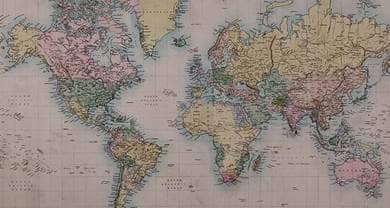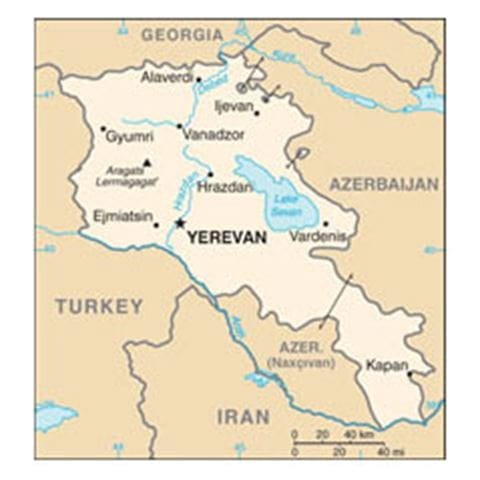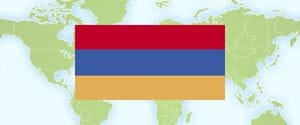- Trending:
- Pope Leo Xiv
- |
- Israel
- |
- Trump
- |
- Social Justice
- |
- Peace
- |
- Love

RELIGION LIBRARY
Armenia

The country has an area of 11,500 square miles and a population of 3 million. Approximately 98 percent of the population is ethnic Armenian. The link between Armenian ethnicity and the Armenian Apostolic Holy Church (Armenian Church) is strong. An estimated 90 percent of citizens nominally belong to the Armenian Church, which is one of six ancient autocephalous Eastern churches and which has its spiritual center (Mother See) located at the Etchmiadzin cathedral and monastery near the capital of Yerevan.
There are small communities of other religious groups. There was no reliable census data on religious minorities, and estimates from congregants varied significantly. Groups constituting less than 5 percent of the population include: Roman Catholics, Armenian Uniate (Mekhitarist) Catholics, Orthodox Christians, Armenian Evangelical Christians, Molokans, Pentecostals, Seventh-day Adventists, Baptists, various groups of charismatic Christians, Jehovah's Witnesses, members of The Church of Jesus Christ of Latter-day Saints (Mormons), Yezidis (non-Muslim Kurds who practice Yezidism), Jews, Sunni Muslim Kurds, Shi'ite Muslims, Baha'is, and others.
Yezidis are concentrated primarily in agricultural areas around Mount Aragats, northwest of Yerevan. Armenian Catholics live primarily in the north, while most Jews, Mormons, Baha'is, and Orthodox Christians reside in Yerevan, along with a small community of mostly Shi'ite Muslims, including Iranians, and temporary residents from the Middle East.
| Population | Population (2009 est.) 2,967,004 |
| Religious Demographics | Armenian Apostolic 94.7%, other Christian 4%, Yezidi (monotheist with elements of nature worship) 1.3% |
| Ethnic Groups | Ethnic Groups Armenian 97.9%, Yezidi (Kurd) 1.3%, Russian 0.5%, other 0.3% (2001 census) |
| Languages | Languages Armenian 97.7%, Yezidi 1%, Russian 0.9%, other 0.4% (2001 census) |
| Country Flag |  |










